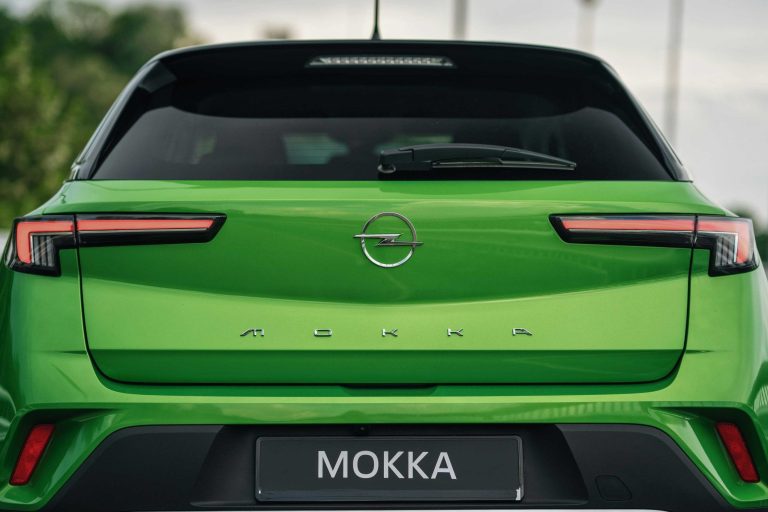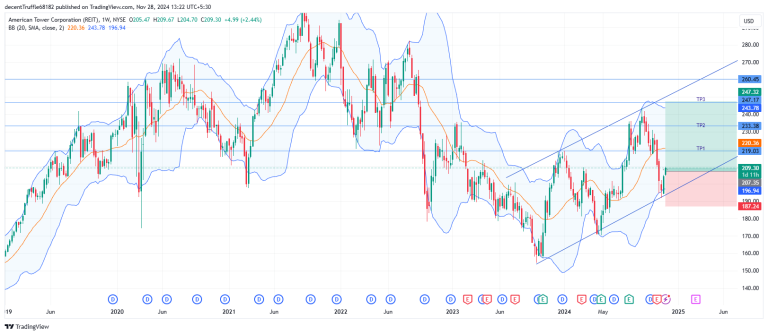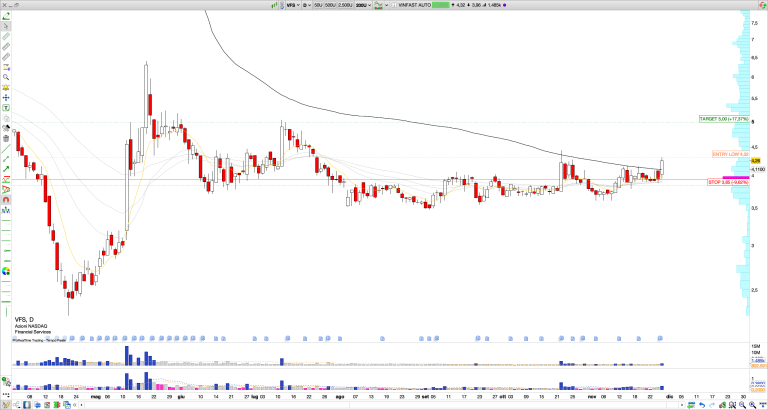The Stellantis share price has been in a strong freefall in the past few months. It has dropped for eight consecutive months and is hovering at its lowest level since January 2023. It is down by over 52% from its highest level this year, making it one of the worst-performing automakers this year.
Stellantis business is struggling
Stellantis is one of the leading players in the auto manufacturing industry. It was established in 2021 following the merger of Fiat Chrysler and Groupe PSA, a move that created one of the top vehicle manufacturers.
Stellantis owns some of the best-known brands in the sector, including RAM, Jeep, Dodge, Peugeot, Citroen, and Opel. It makes most of its money from Europe followed by the United States, where it mostly sells RAM.
Stellantis business is going through a major crisis as competition rises and as its years of underinvestment in its key brands. A good example of this is Chrysler, a brand that was one of the best-sellers in the US. Today, Chrysler sells four vehicle brands: Pacifica, Pacifica Hybrid, Voyager, and Chrysler 300, which have a limited market share.
The same trend has happened in its other brands. For example, Maserati, once a luxury brand powerhouse, has lost market share to Ferrari, Aston Martin, and Porsche. Alfa Romeo has struggled to compete with brands like Audi and BMW.
Fiat’s attempts to make inroads in the United States is not working, and analysts believe that it will ultimately exit. It sells the FIAT 500x, 500e, and 500e Armani, which are tiny vehicles in a country where most buyers are focused on large SUVs.
RAM, its biggest brand in the US is facing major competition from the likes of Ford F-150, Toyota Tundra, and Silverado.
Stellantis, like other automakers, has also struggled in its electrification journey amid weak consumer demand and strong competition. It plans to offer about 40 battery electric vehicle models this year. The challenge is that EV demand has fallen, while innovation from Chinese brands has waned.
Meanwhile, its business could struggle in the next few years if Donald Trump decides to implement tariffs on goods from Mexico and Canada. This would be a big blow for Stellantis because it has big plants in Mexico, which it uses to make vehicles for the US market.
Earnings growth has slowed
The most recent financial results showed that Stellantis’ business remained under pressure in the third quarter. Its net revenues came in at €33 billion, down by 27% from the same period last year. It blamed the weak sales to lower shipments and pricing issues.
Stellantis shipped 1.14 million during the quarter, down by about 20% from the third quarter of 2023. According to the management, its shipments in the United States dropped to 299,000, while in Europe they fell to 496,000.
On the positive side, as I wrote on General Motors, there are signs that the tariff issue will be resolved. I believe that Donald Trump is using these tariffs as a bargaining tool. Also, the company has become highly undervalued as it has a price-to-earnings ratio of 2.64.
Stellantis has also become a high-dividend company yielding about 9.7%. Just this year, it has repurchased stock worth over €7 billion, a trend that will continue. The company is also cutting costs. Just this week, it said that it would close a Vauxhall plant in the UK. Still, I believe that Stellantis is a significantly risky company to invest in for now.
Stellantis share price analysis
The weekly chart shows that the Stellantis stock price has been in a strong bearish trend in the past few weeks. It has dropped from €25.8 earlier this year to about €12. Along the way, the stock has moved to the 61.8% Fibonacci Retracement level. It has also dropped below the 50-week and 200-week moving averages.
Most importantly, the stock has formed a bearish flag pattern, one of the riskiest signs in the market. A long flag pole and a rectangle-like pattern characterize it. Therefore, the stock will likely continue falling as sellers target the 78.6% retracement level at €8.45, which is about 30% below the current level.
The post Stellantis share price rare pattern points to a 30% dive appeared first on Invezz










